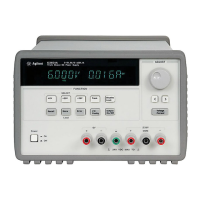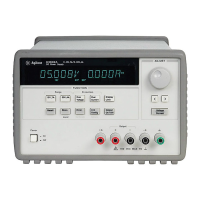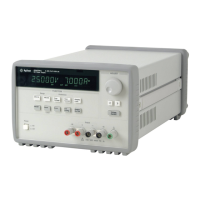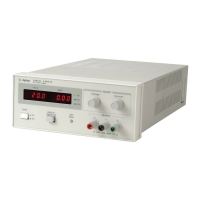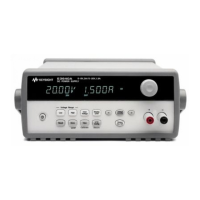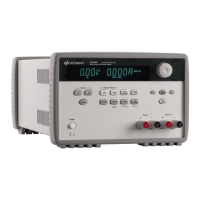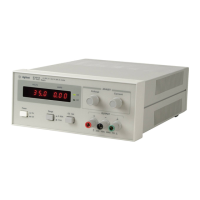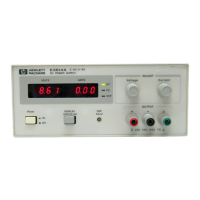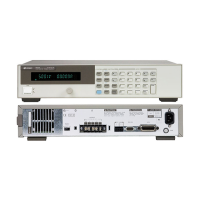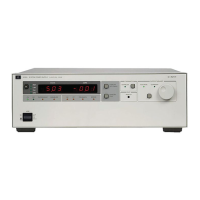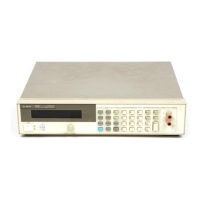Chapter 4 Remote Interface Reference
The SCPI Status Registers
97
4
To Determine When a Command Sequence is Completed
1
Send a device clear message to clear the power supply’s output buffer (e.g.,
CLEAR 705).
2
Clear the event registers with the *CLS (clear status) command.
3
Enable the “operation complete” bit (bit 0) in the Standard Event register by
executing the
*ESE 1 command.
4
Send the *OPC? (operation complete query) command and enter the result to
ensure synchronization.
5
Execute your command string to program the desired configuration, and then
execute the
*OPC (operation complete) command as the last command. When
the command sequence is completed, the “operation complete” bit (bit 0) is
set in the Standard Event register.
6
Use a serial poll to check to see when bit 5 (standard event) is set in the Status
Byte summary register. You could also configure the power supply for an
SRQ interrupt by sending
*SRE 32 (Status Byte enable register, bit 5).
Using *OPC to Signal When Data is in the Output Buffer
Generally, it is best to use the “operation complete” bit (bit 0) in the Standard
Event register to signal when a command sequence is completed. This bit is
set in the register after an
*OPC
command has been executed. If you send
*OPC
after a command w hich loads a message in the power supply’s output
buffer (query data), you can use the “operation complete” bit to determine
when the message is available . However , if t oo many messag es are ge nerated
before the
*OPC
command execu tes (sequentially), the output buffer wil l fil l
and the power supply will stop processing commands.
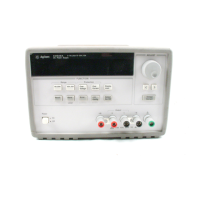
